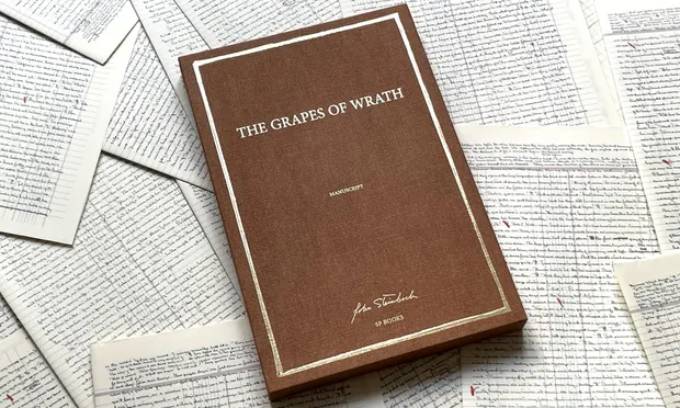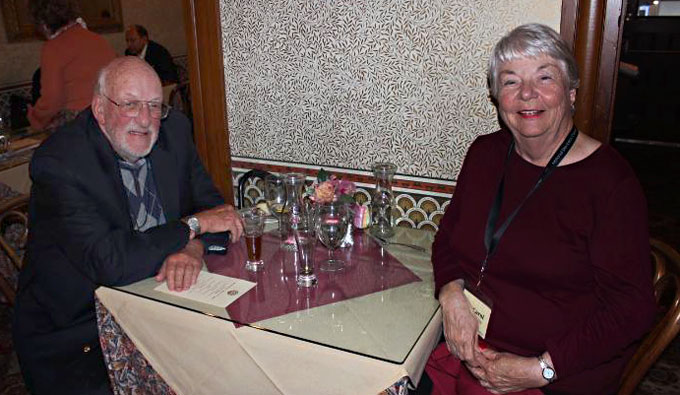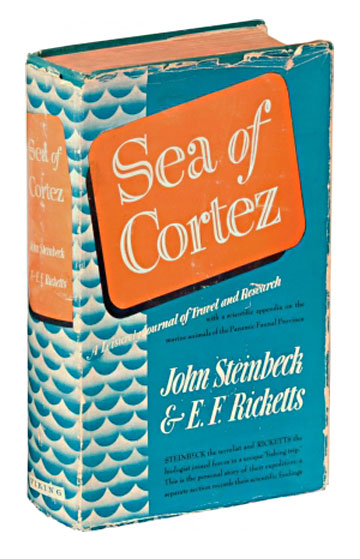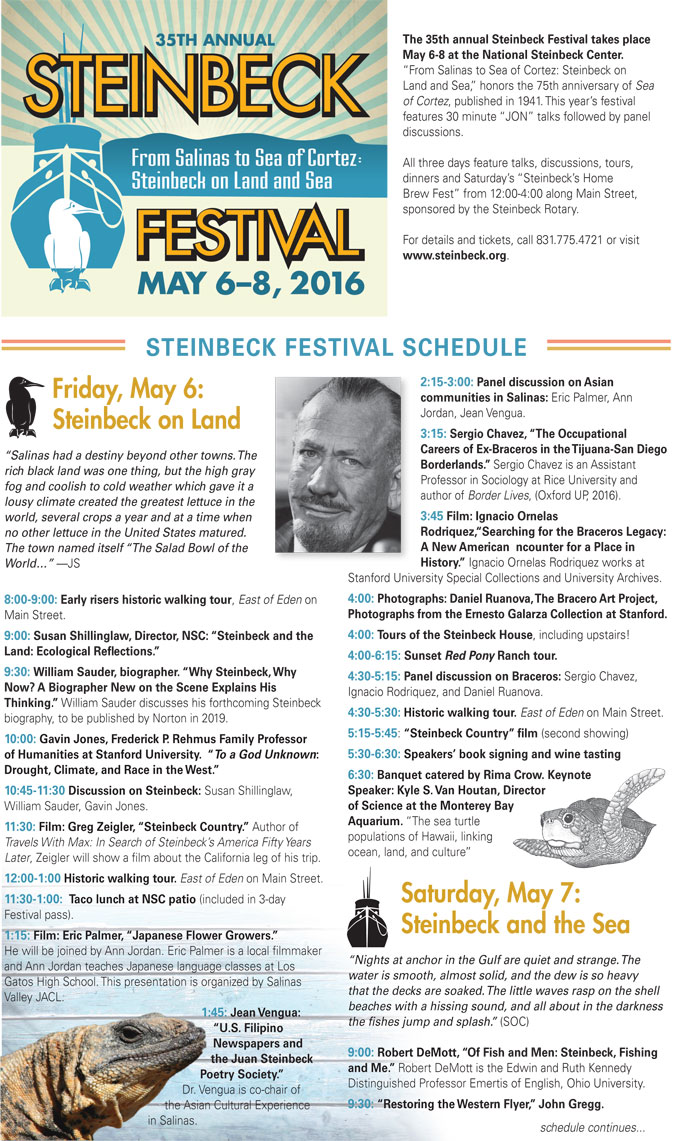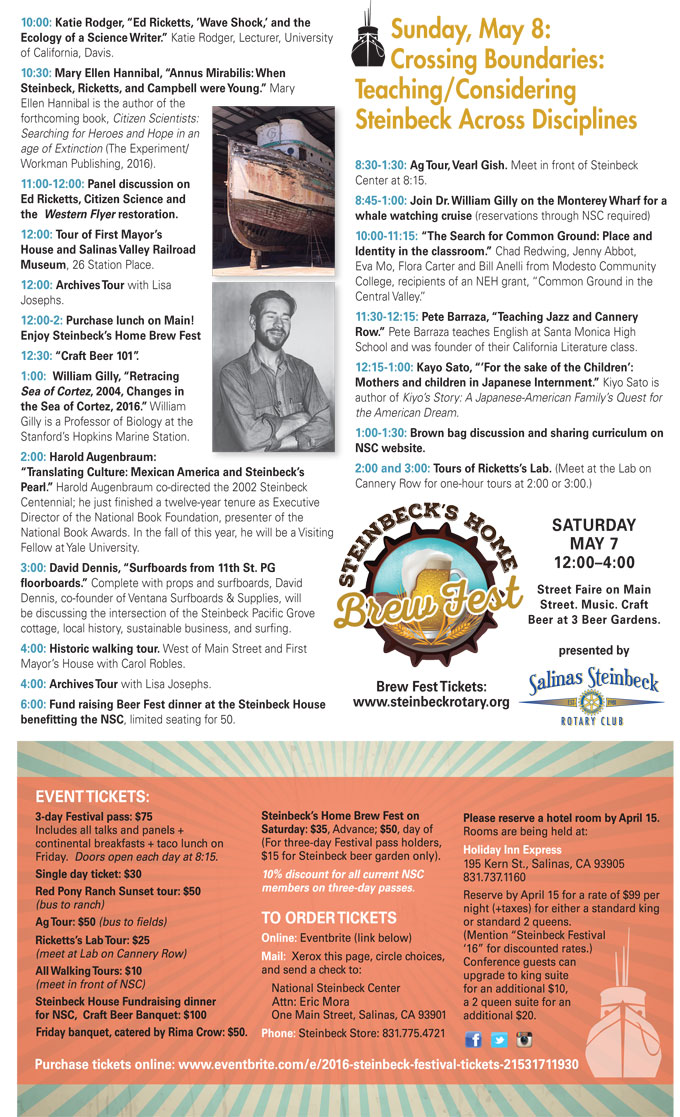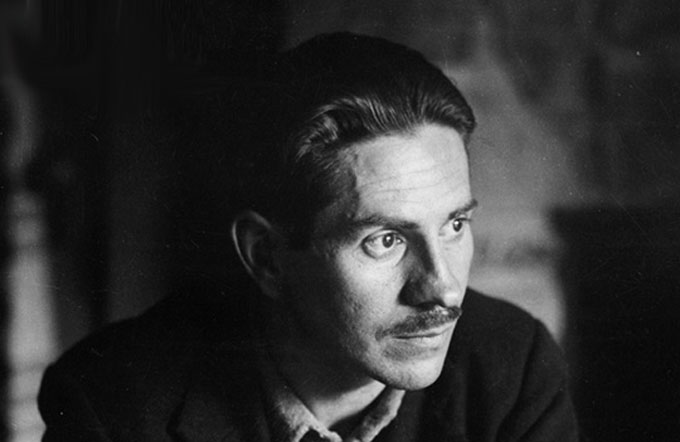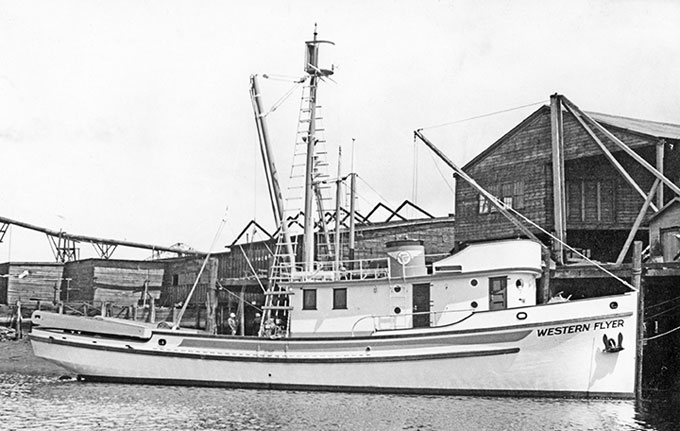First, let me say that the recently released facsimile edition of John Steinbeck’s handwritten manuscript for The Grapes of Wrath is stunning. Published by SP books in France, it’s the same size as the original (an oversized journal), printed on fine paper, and boxed. It reproduces all the red editorial comments—including a puzzling addition to Steinbeck’s manuscript: the word “SLUT,” in block-cap letters, on the last page. Who wrote that?
I first learned of the pale red “SLUT” several years ago when I received a call from an archivist at the University of Virginia, where the manuscript is housed. He sent me the scanned image and asked what I thought of the “SLUT” at the end. But I had no idea. Perhaps a rogue scholar scrawled the word as a response to Steinbeck’s controversial closing scene, I suggested. Although I had examined the manuscript when I visited the University of Virginia, where my daughter went to college, I didn’t study it closely. So hearing about “SLUT” came as a surprise.
When the publisher of SP books, Editions des Saints Peres, wrote me last year with questions about the manuscript, I was asked about the final page. I still had no clue as to the origin of “SLUT,” nor did the other Steinbeck scholars I consulted at the time. The publisher reproduced the final page, “SLUT” included, in the facsimile edition that came out this fall.
The October 4, 2021 review of the facsimile edition in The Guardian speculated on the strange appearance of the word at the end of Steinbeck’s manuscript. I received an email from a Swedish scholar, and soon after emails from three other readers—one in Denmark and two in Sweden. All four noted that in Swedish and Danish the word “SLUT” (pronounced sloot) means End. I loved each email, all four adding a bit about the prevalence of “SLUT” in films and books, and what Steinbeck might have known about its meaning when he wrote the novel.
Carol and John Steinbeck Would Have Known the Swedish
 The late English scholar Roy Simmonds failed to mention the “SLUT” mystery in a long article he wrote on the manuscript of The Grapes of Wrath. (Perhaps it didn’t show up in his Xeroxed copy). As I told my email correspondents—and The Guardian, which did a follow-up piece— my guess is that Steinbeck’s wife Carol penciled it, perhaps when she finished typing the manuscript in the fall of 1938, perhaps after the couple’s acrimonious divorce in 1943, perhaps years later, in jest, before she sold the manuscript to a San Francisco book dealer. She and John must have known the meaning of “SLUT” in Swedish: they visited Sweden in 1937 and knew the Swedish artist Bo Beskow, whose mother was a children’s author. Carol loved word play, and the double meaning would have delighted her.
The late English scholar Roy Simmonds failed to mention the “SLUT” mystery in a long article he wrote on the manuscript of The Grapes of Wrath. (Perhaps it didn’t show up in his Xeroxed copy). As I told my email correspondents—and The Guardian, which did a follow-up piece— my guess is that Steinbeck’s wife Carol penciled it, perhaps when she finished typing the manuscript in the fall of 1938, perhaps after the couple’s acrimonious divorce in 1943, perhaps years later, in jest, before she sold the manuscript to a San Francisco book dealer. She and John must have known the meaning of “SLUT” in Swedish: they visited Sweden in 1937 and knew the Swedish artist Bo Beskow, whose mother was a children’s author. Carol loved word play, and the double meaning would have delighted her.
But it’s anyone’s guess.
Composite image of facsimile edition of John Steinbeck’s handwritten manuscript for The Grapes of Wrath courtesy of The Guardian. Cover image of Susan Shillinglaw’s Carol and John Steinbeck: Portrait of a Marriage courtesy University of Nevada Press.
